Alice in Wonderland is one of those underrated Disney films that most people are probably aware of but may not have seen. This is truly a shame, as it is definitely one of the studio’s more unique offerings from the 1950s. Capturing much of the strangeness of the original novel, it also features some of the most bizarre characters to have ever appeared in a Disney film.
As odd as they are, however, it is still possible to gain a more nuanced understanding of these figures by looking at them through the lens of the moral alignments of the popular game Dungeons & Dragons.
10 Alice – Neutral Good
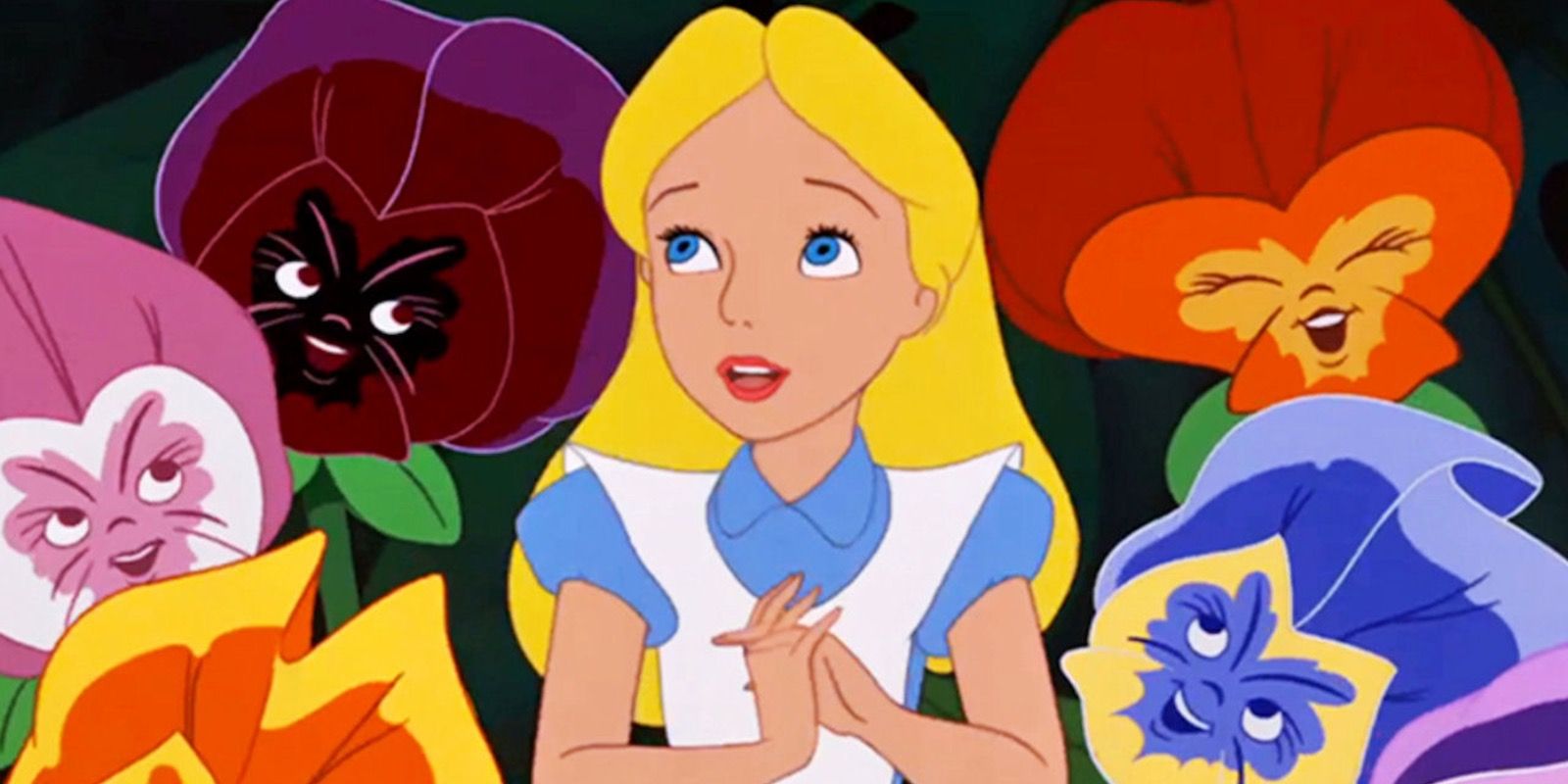
Alice is, of course, the main character of the story, and for much of the film, she finds herself at the mercy of forces that she can’t really control or understand. However, as a neutral good, she still attempts to do the best things that she can do, and she certainly doesn’t do anything that could be defined as “wrong.”
In fact, considering the many strange and sometimes downright frightening things that happen to her throughout the movie, she does a pretty good job of maintaining her essential goodness.
9 Mad Hatter – Chaotic Neutral

It probably goes without saying that the Mad Hatter, one of the most iconic characters in the film, would fit neatly into the chaotic neutral category.
He isn't motivated by anything, either good or evil; instead, he just seems to float through the world, driven by his own desires at a given moment. The Hatter even manages to pop up near the end, when Alice is being persecuted by the Queen of Hearts.
8 March Hare – Chaotic Neutral
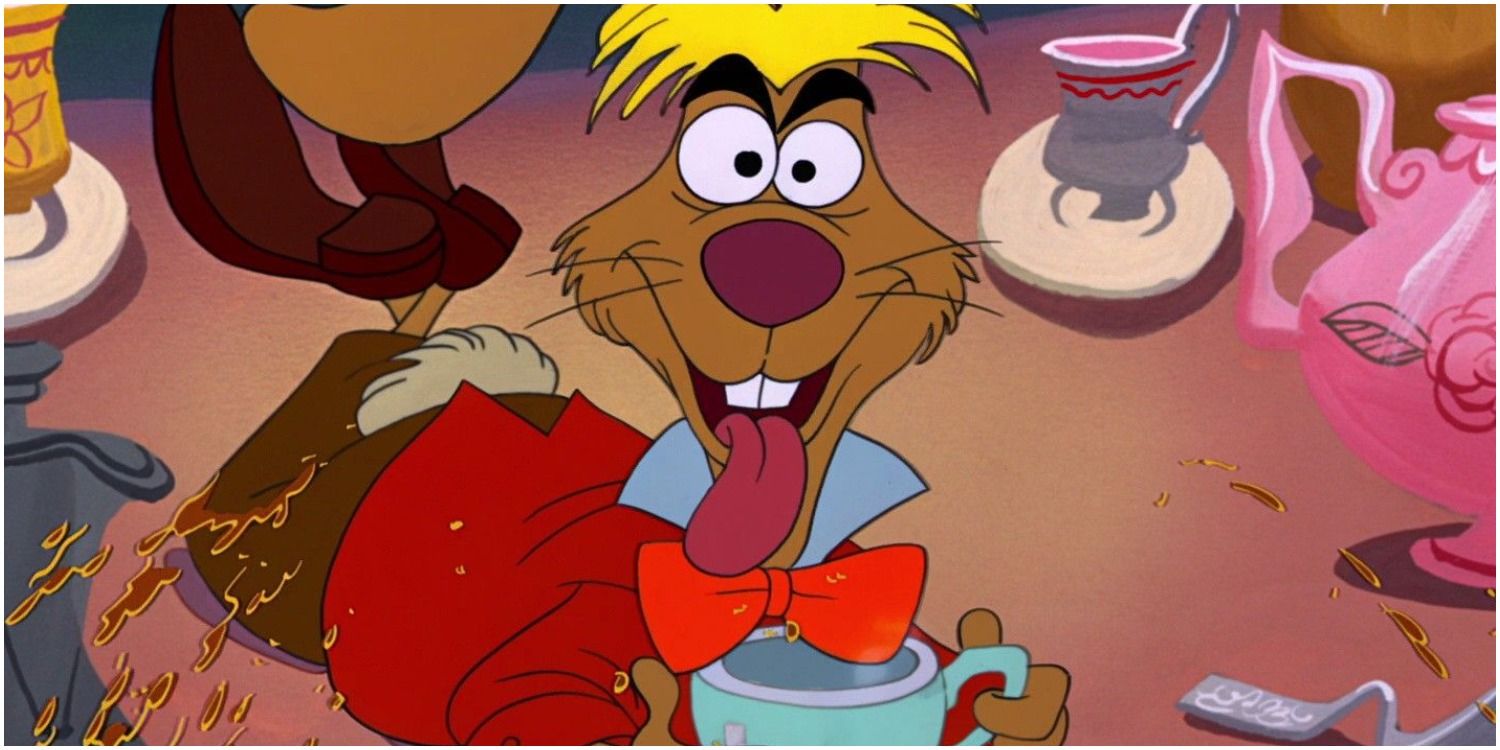
The March Hare, the Mad Hatter’s companion, is also something of an enigma. Like the Hatter, he doesn’t seem to have many motivations other than just being in the world and doing what he wants, regardless of what others may think about him.
Furthermore, like the Hatter, he seems to be an agent of chaos, a means by which the entire order of society can be disrupted and turned on its head.
7 Caterpillar – True Neutral
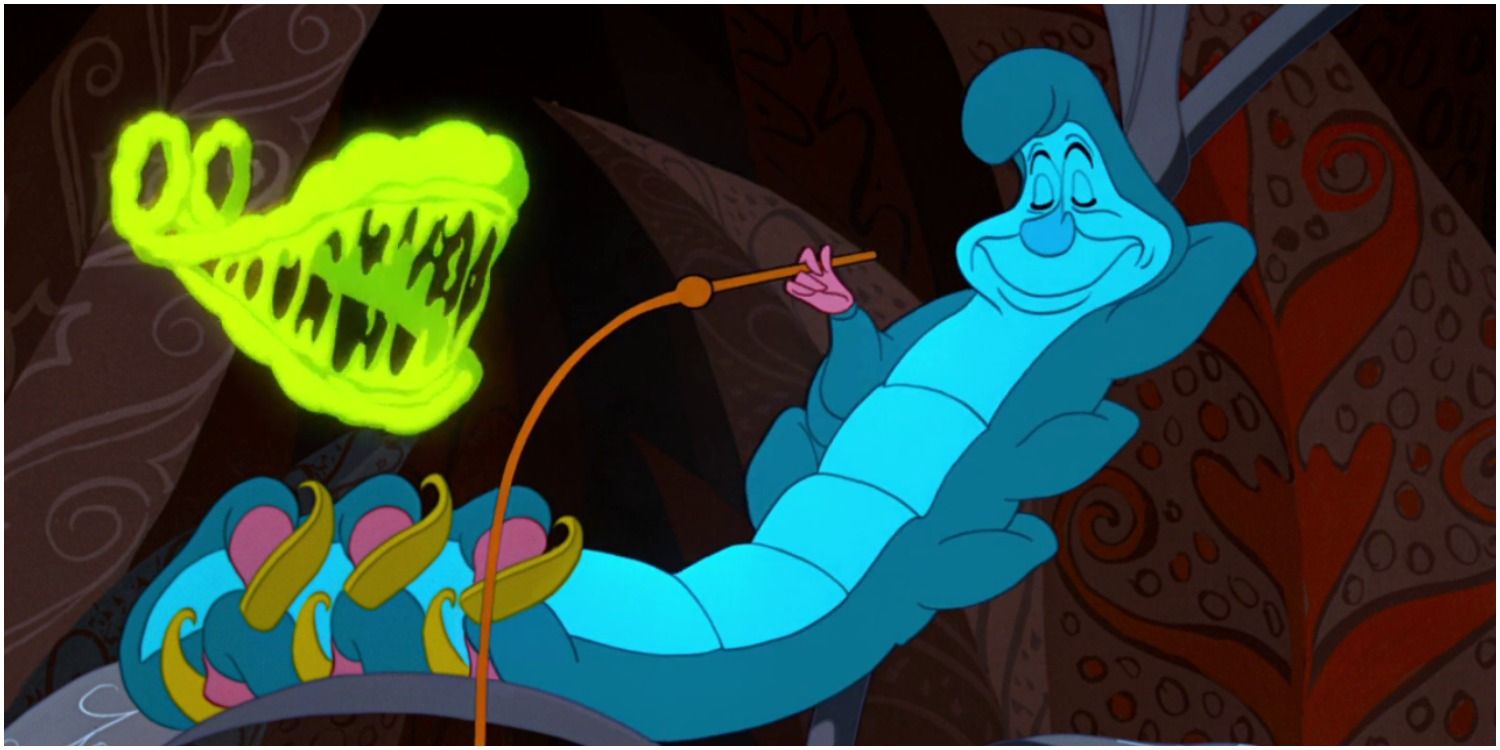
Like so many of the other characters in this film, the Caterpillar seems to exist in a moral state all of his own. It would be going too far to say that he is evil, as he doesn’t seem to bear Alice any ill-will. However, he does seem unusually prone to shouting at her at unexpected moments and, of course, turns into a butterfly and leaves her alone.
Like a true neutral, the caterpillar doesn’t seem to have any investments, either good or evil.
6 Cheshire Cat – True Neutral
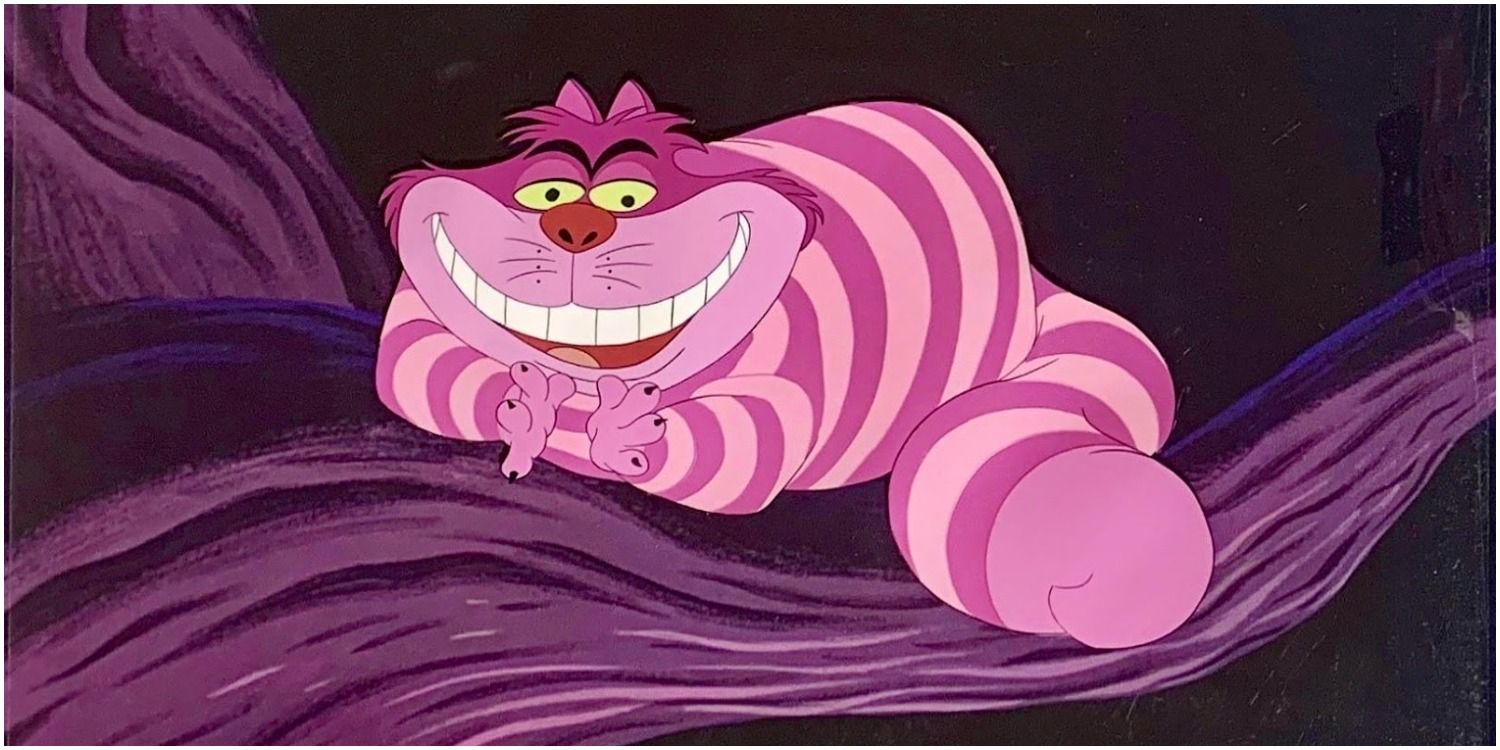
The Cheshire Cat is arguably the most iconic and instantly recognizable character from the film. With his trademark smile and his ability to disappear and reappear at will, he is the embodiment of the true neutral.
While at times he seems to be an ally of Alice’s, he doesn’t seem to be motivated by any innate kindness, still less by any sense that he is doing what he is because of some internal moral compass. Instead, he just is, and that seems enough for him.
5 White Rabbit – Lawful Neutral
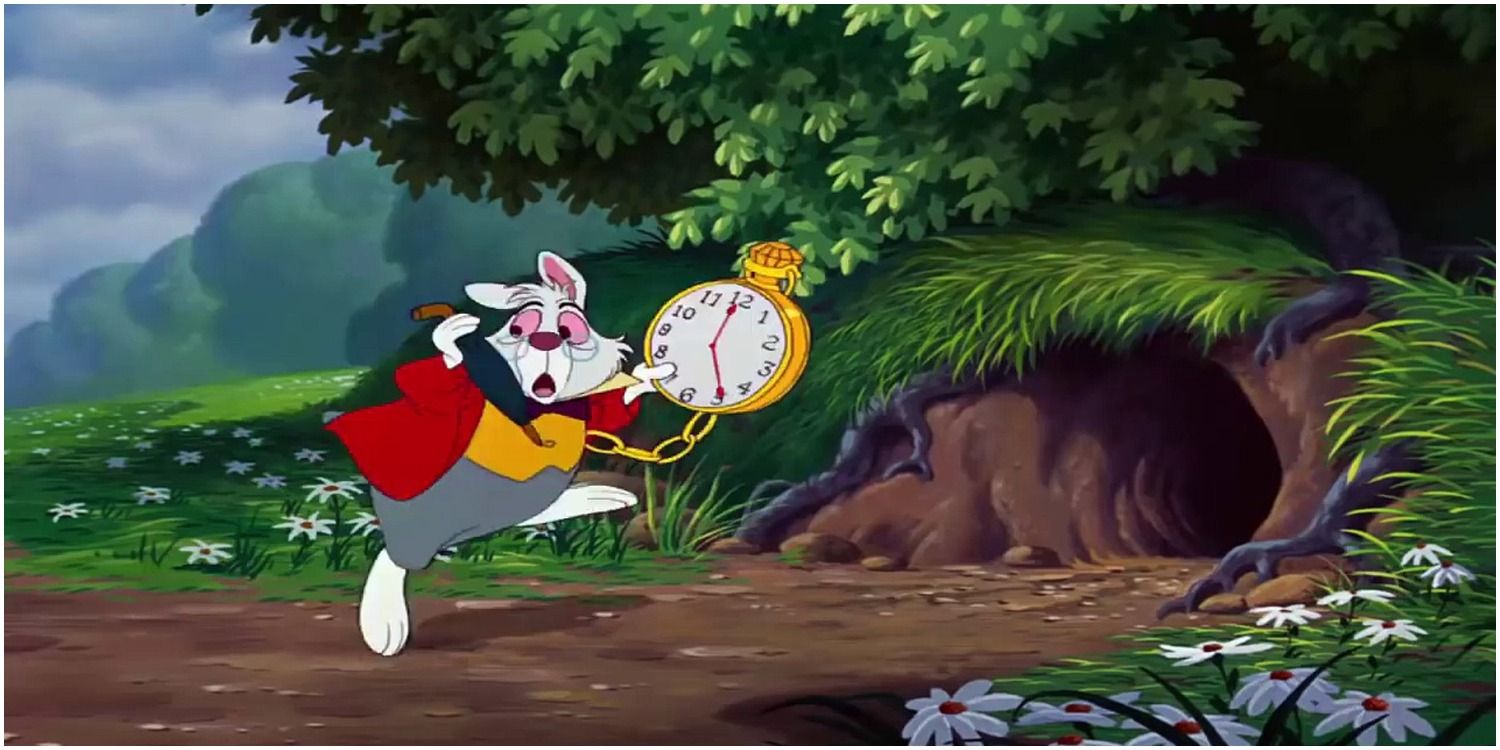
The White Rabbit is, in many ways, the thing that jumpstarts the entire plot, since his appearance is what draws Alice into her adventure. He is a very fussy and self-important creature, always being driven by a need to arrive at the unspecified date for which he is, of course, running late.
Given his strict adherence to punctuality as well as his loyalty to the queen, the White Rabbit is very clearly a lawful neutral type.
4 Queen of Hearts – Chaotic Evil
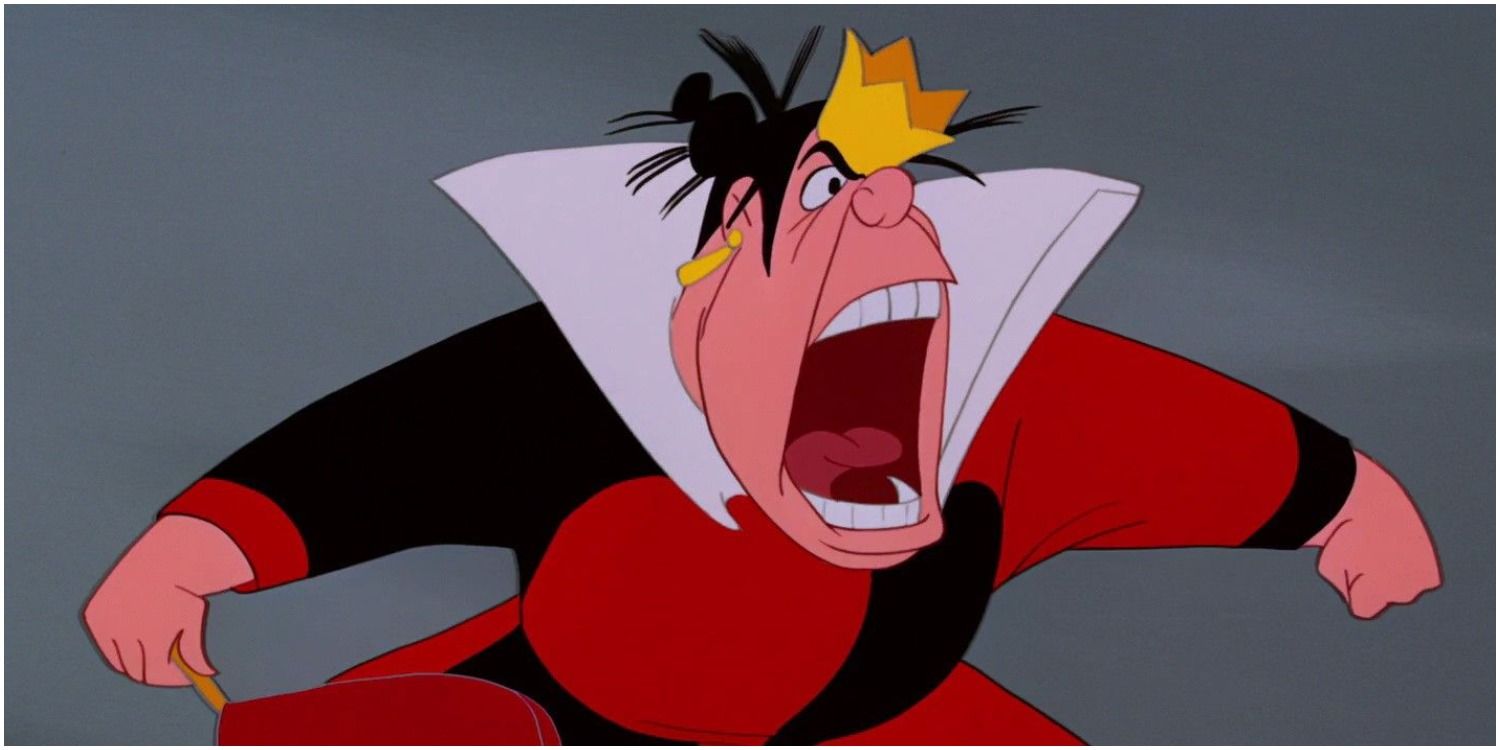
Next to the Cheshire Cat, the Queen of Hearts is arguably the most recognizable and important character in the film. She’s the closest thing that Alice in Wonderland has to a villain, especially since she seems very prone to ordering people’s heads to be cut off.
The Queen seems to be driven by nothing more than her own desires, which often have no rhyme or reason beyond what she seems to want at any particular moment. These are, of course, the key characteristics of the chaotic evil moral alignment.
3 Dodo – Chaotic Good
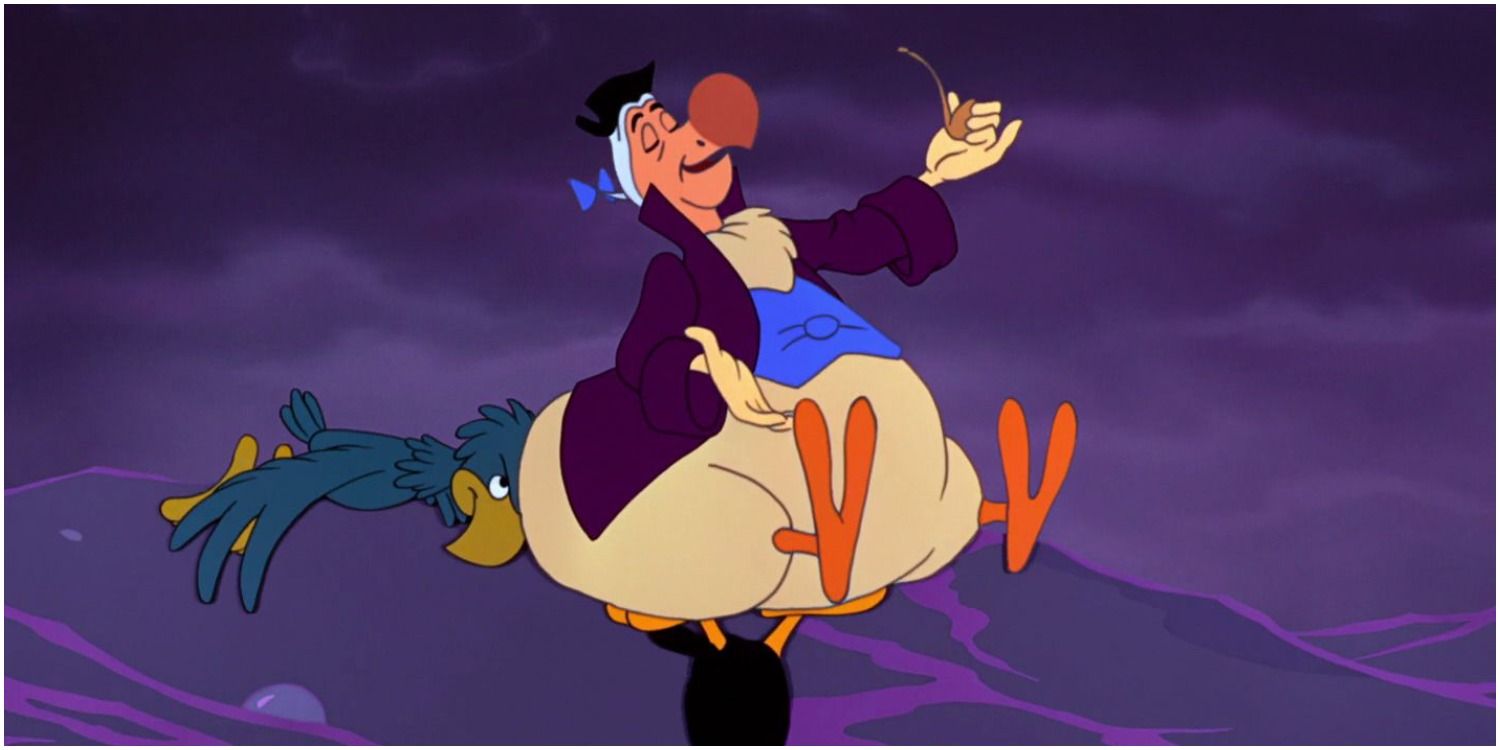
Though he appears only briefly, the Dodo appears to be chaotic good, especially since he attempts to help the White Rabbit get Alice out of his house by suggesting that they burn it down.
Obviously, Dodo is trying to help, but the fact he ignores all of the normal rules of propriety by gathering all of the furniture to start the fire indicates that Dodo doesn’t have a lot of respect for the way things are done. It should also go without saying that he does not care about the personal property of others.
2 The Walrus & the Carpenter – Neutral Evil
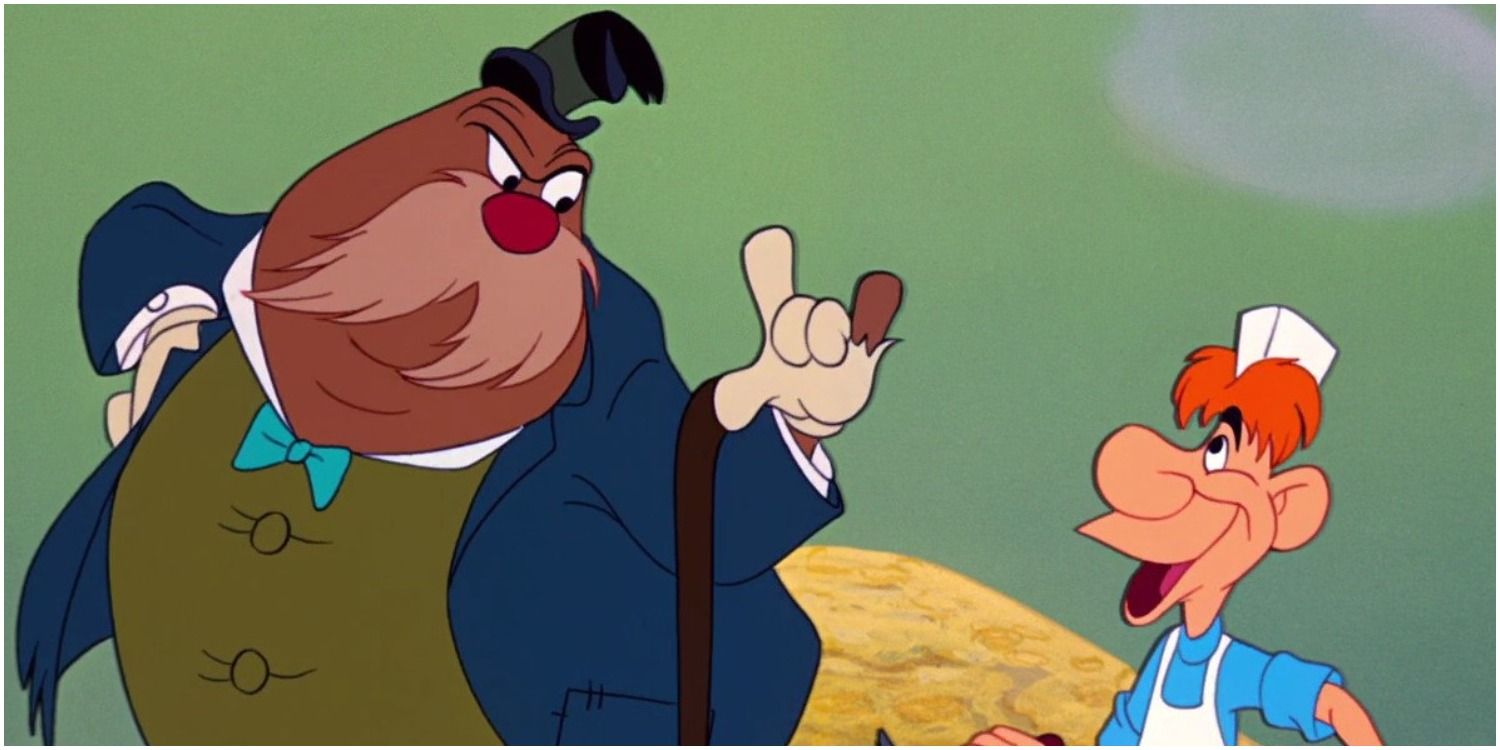
The Walrus and the Carpenter are two characters that appear in a song related by Tweedledee and Tweedledum. These two characters are neutral evil, in that they both set out to trick and devour a group of young oysters.
The Walrus in particular seems to have no particular compunction about the fact that he is killing what amount to children, nor to the fact that this will clearly inflict a great deal of suffering on their mother. He cares only for his own appetites.
1 King of Hearts – Lawful Neutral
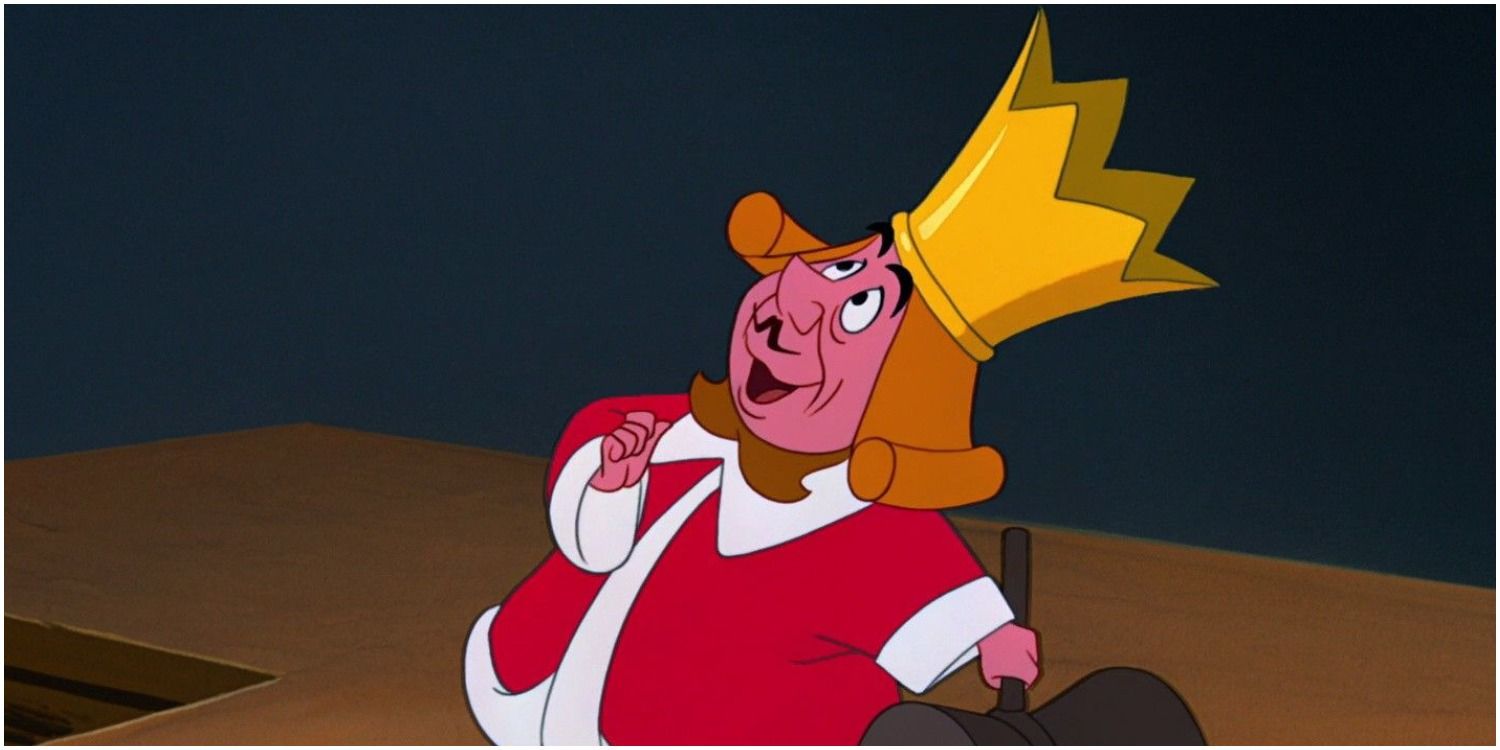
The King of Hearts is in many ways the exact opposite of the Queen. Where she is loud and boisterous, he is meek and self-effacing. He’s a lawful neutral kind of character.
While he isn’t particularly passionate in his defense of Alice, he does temper some of the Queen’s more anarchic and lawless impulses. The King of Hearts convinces the Queen to hold a trial for Alice and also requests that they call witnesses before passing final judgment.
from ScreenRant - Feed https://ift.tt/3f3WMqj


0 Comments